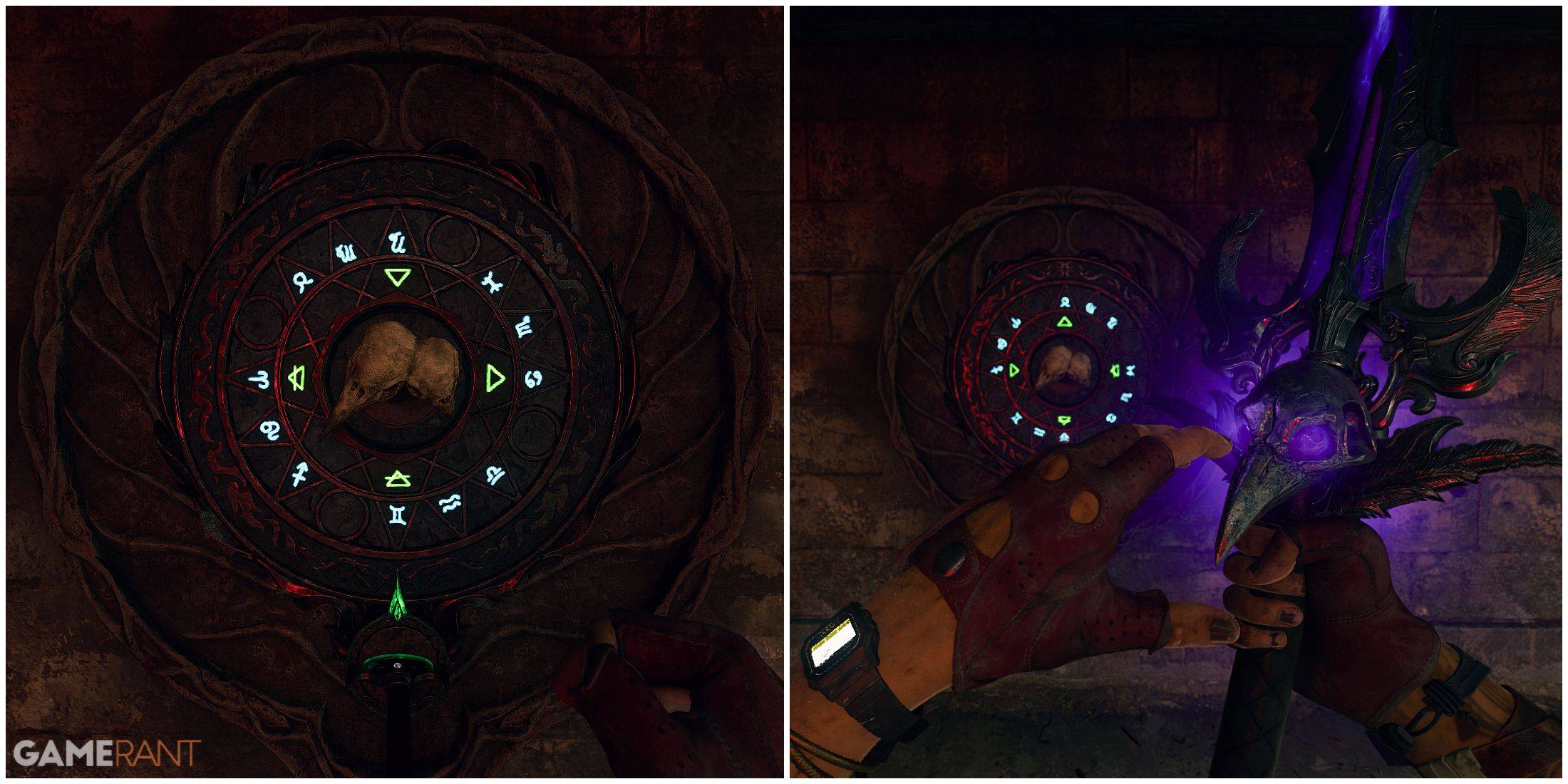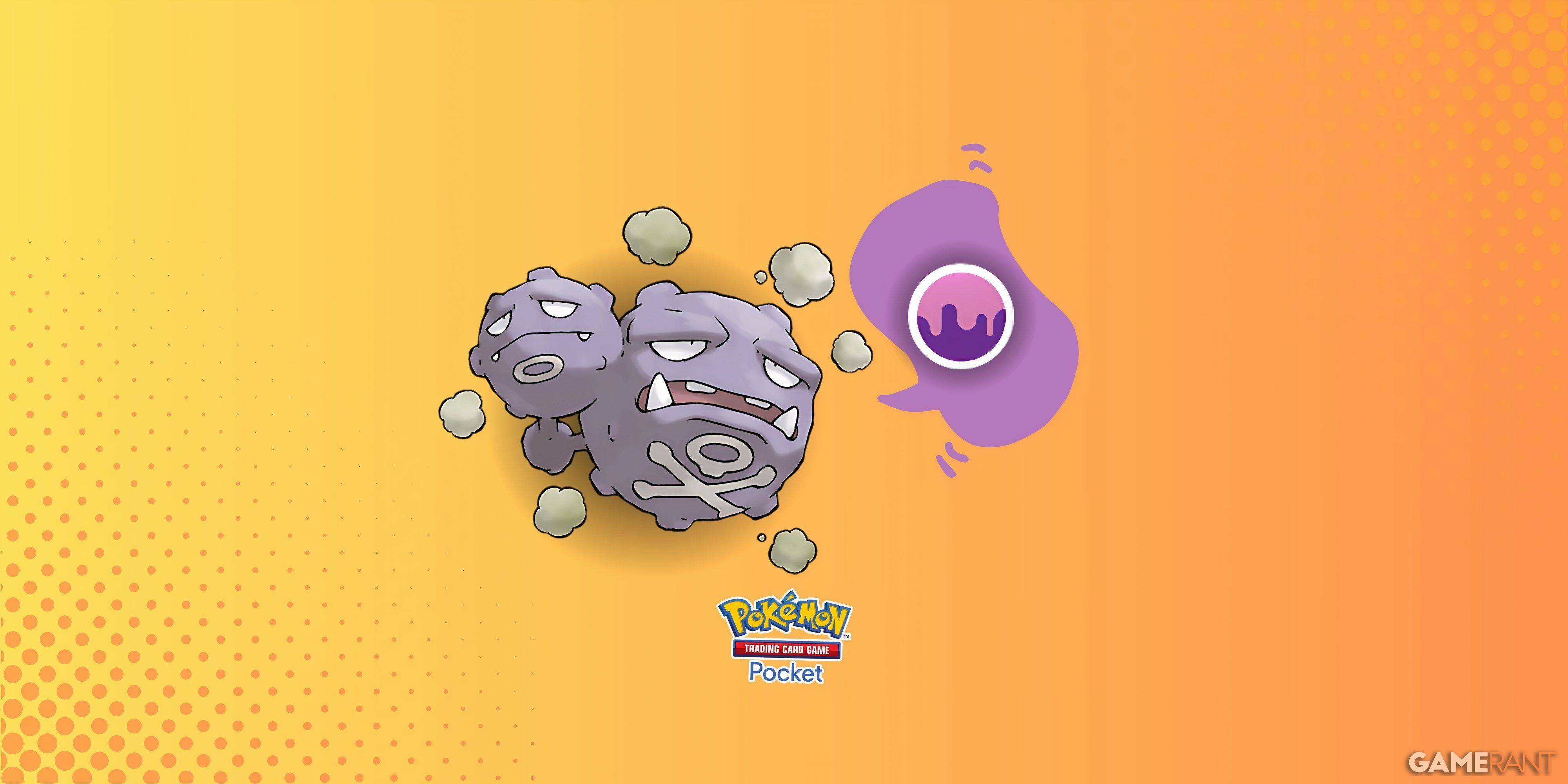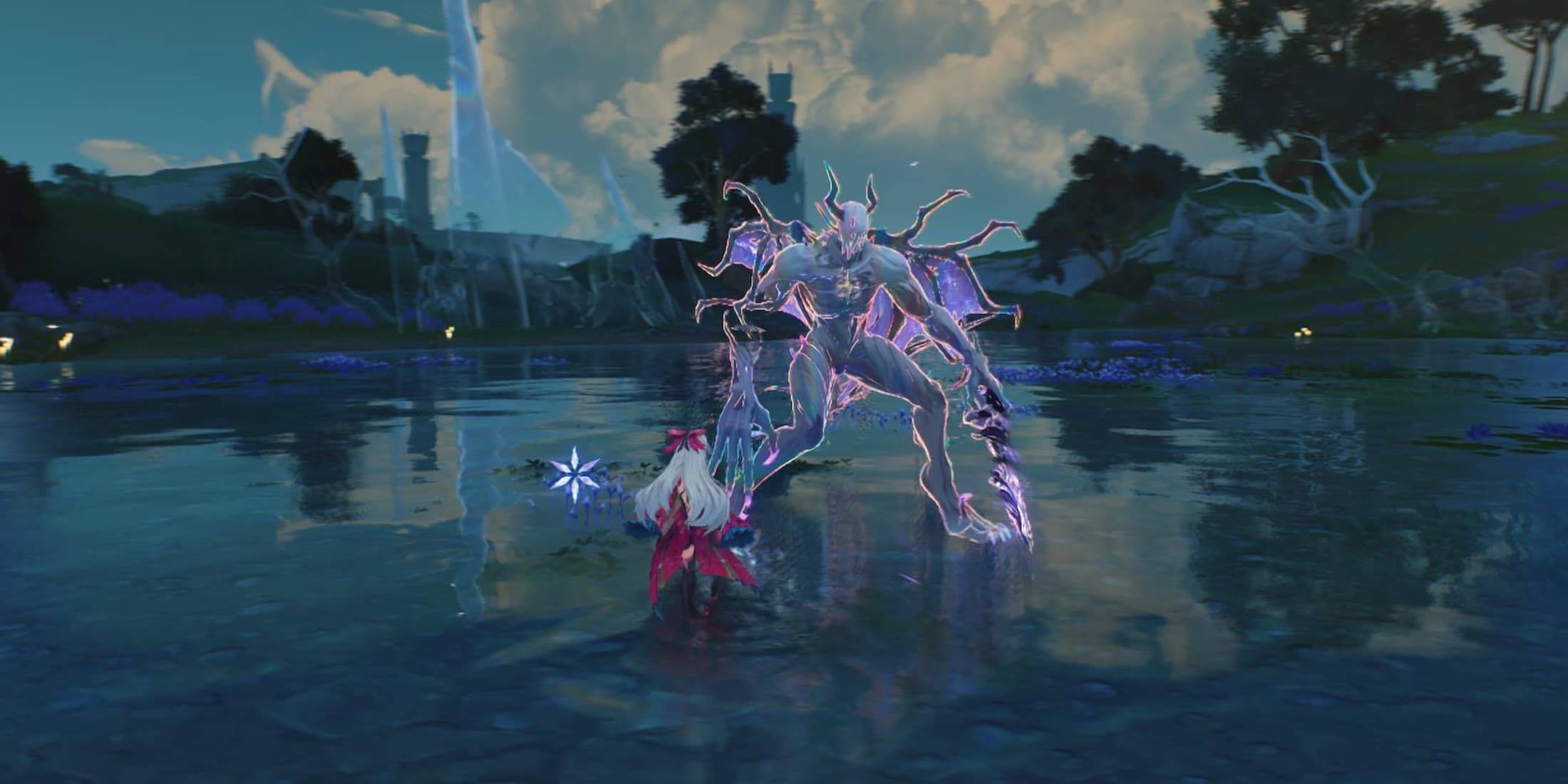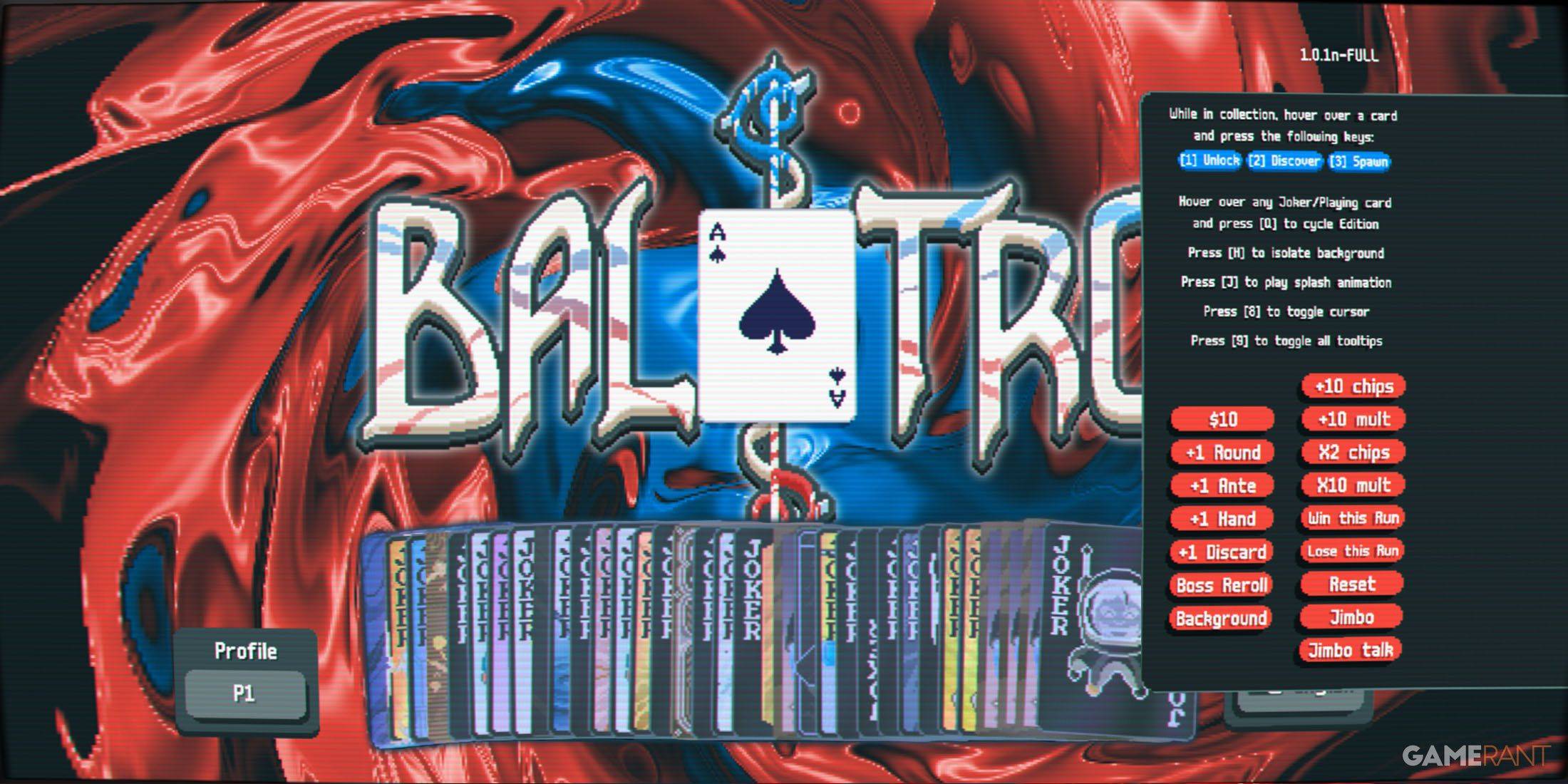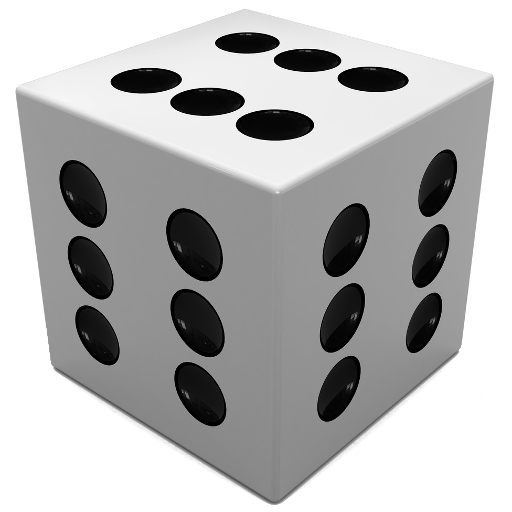
Chess Horse Puzzle
4.4
Application Description
To tackle the chess puzzle you've described, where a knight must capture all pawns in a specific pattern, here's a suggested approach:
Game Setup and Rules Recap:
- Objective: Use the knight to capture all pawns once and only once, in a predetermined order.
- Knight's Movement: The knight moves in an "L" shape: two squares in one direction and one square perpendicular, or one square in one direction and two squares perpendicular.
- Pawns: Fixed positions that change with the pattern. Once captured, they are removed from the board.
- Difficulty Levels:
- Easy: 6 pawns
- Medium: 10 pawns
- Hard: 20 pawns
- Master: 50 pawns
- Commands:
back- Go back one move.reset- Restart the scheme.
- Hints:
- First pawns to be taken are marked in green.
- Last pawns to be taken are marked in blue.
Strategy Suggestions:
Easy Difficulty (6 Pawns)
- Pattern: Imagine the pawns are placed in a simple pattern, like a small circle or a line.
- Green Pawns (Start): Begin with the pawn that allows the knight to continue its path smoothly.
- Blue Pawns (End): The last pawn should be one that can be reached from the second-to-last pawn without backtracking.
Example Order (Hypothetical):
- Green Pawn A
- Pawn B
- Pawn C
- Pawn D
- Pawn E
- Blue Pawn F
Medium Difficulty (10 Pawns)
- Pattern: A more complex arrangement, perhaps a zigzag or a spiral.
- Green Pawns (Start): Start with a pawn that sets up a logical path for capturing subsequent pawns.
- Blue Pawns (End): The final pawn should be reachable without forcing the knight to revisit any area.
Example Order (Hypothetical):
- Green Pawn A
- Pawn B
- Pawn C
- Pawn D
- Pawn E
- Pawn F
- Pawn G
- Pawn H
- Pawn I
- Blue Pawn J
Hard Difficulty (20 Pawns)
- Pattern: A challenging layout, possibly requiring the knight to navigate through multiple loops.
- Green Pawns (Start): Begin with a pawn that allows for the longest continuous path.
- Blue Pawns (End): The last few pawns should be arranged such that the knight can reach them without revisiting earlier areas.
Example Order (Hypothetical):
- Green Pawn A
- Pawn B
- Pawn C
- Pawn D
- Pawn E
- Pawn F
- Pawn G
- Pawn H
- Pawn I
- Pawn J
- Pawn K
- Pawn L
- Pawn M
- Pawn N
- Pawn O
- Pawn P
- Pawn Q
- Pawn R
- Pawn S
- Blue Pawn T
Master Difficulty (50 Pawns)
- Pattern: An intricate and potentially maze-like arrangement.
- Green Pawns (Start): Start with a pawn that initiates a path that can cover the board effectively.
- Blue Pawns (End): The last pawns should be positioned to complete the path without backtracking.
Example Order (Hypothetical):
- Green Pawn A
- Pawn B
- Pawn C
- ... (continuing through to)
- Pawn X
- Blue Pawn Y
Tips for Playing:
- Visualize the Path: Before making a move, try to visualize the entire path the knight will take. This can help in planning the sequence of captures.
- Use Commands Wisely: If you make a mistake, use the
backcommand to correct it. If you're stuck,resetcan start you over fresh. - Follow the Hints: Pay attention to the green and blue markers for guidance on starting and ending the sequence.
This approach should help you navigate the puzzle effectively across different difficulty levels. Good luck capturing all the pawns with your knight!
Reviews
Games like Chess Horse Puzzle


















![Taffy Tales [v1.07.3a]](https://imgs.anofc.com/uploads/32/1719554710667e529623764.jpg)




